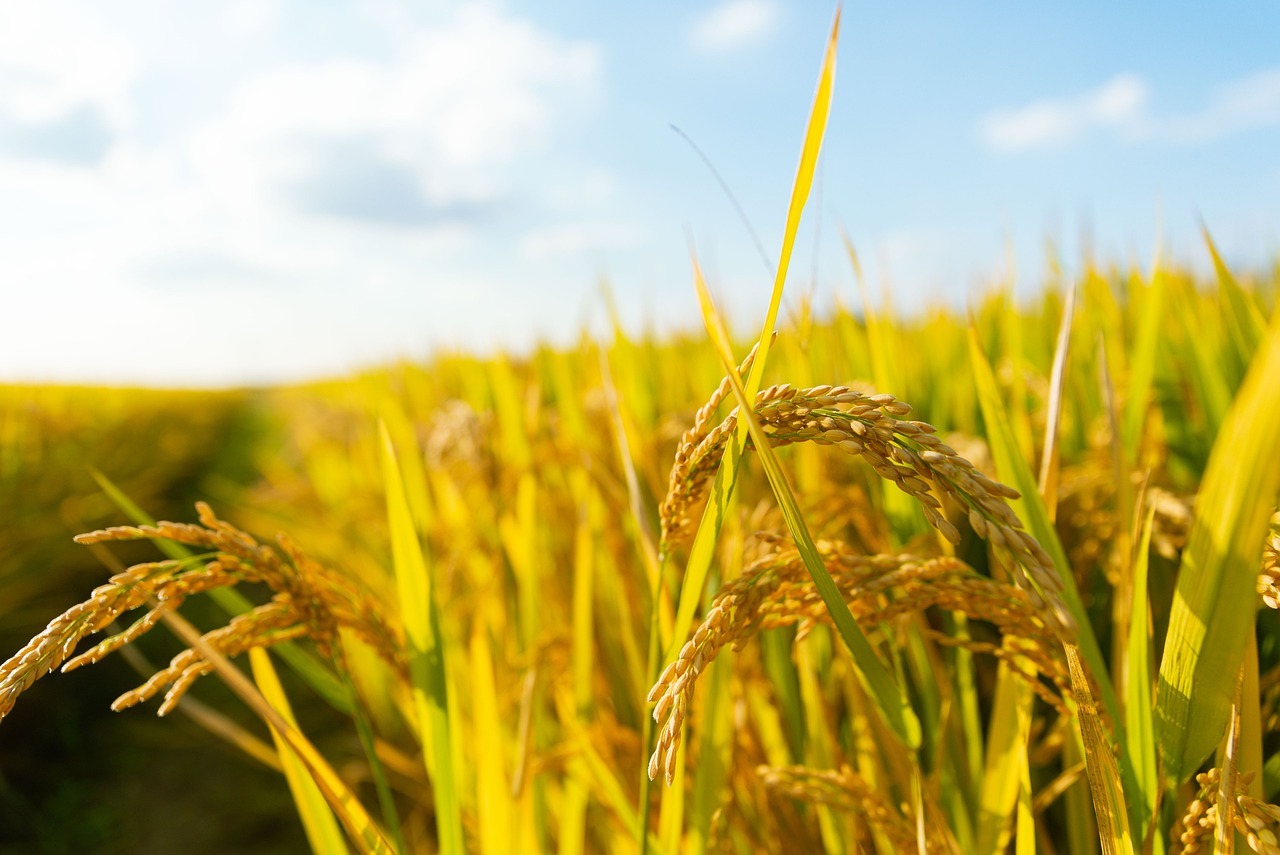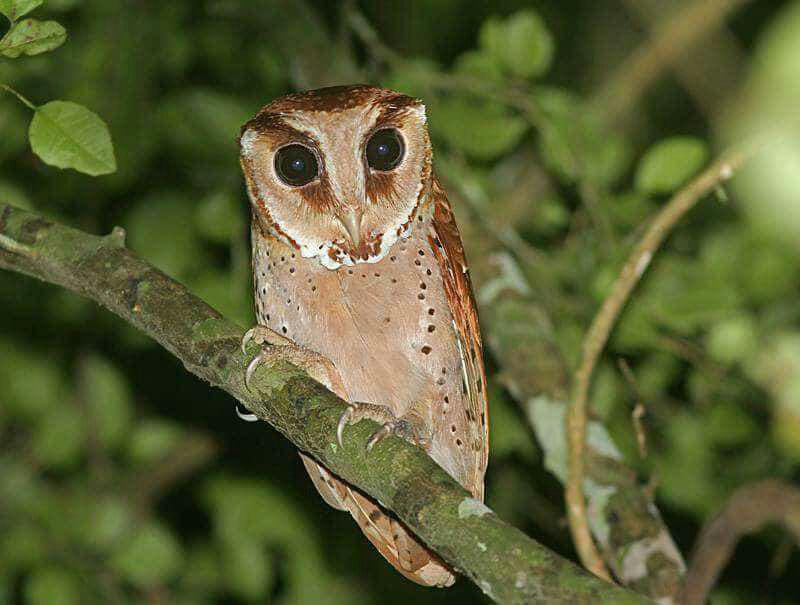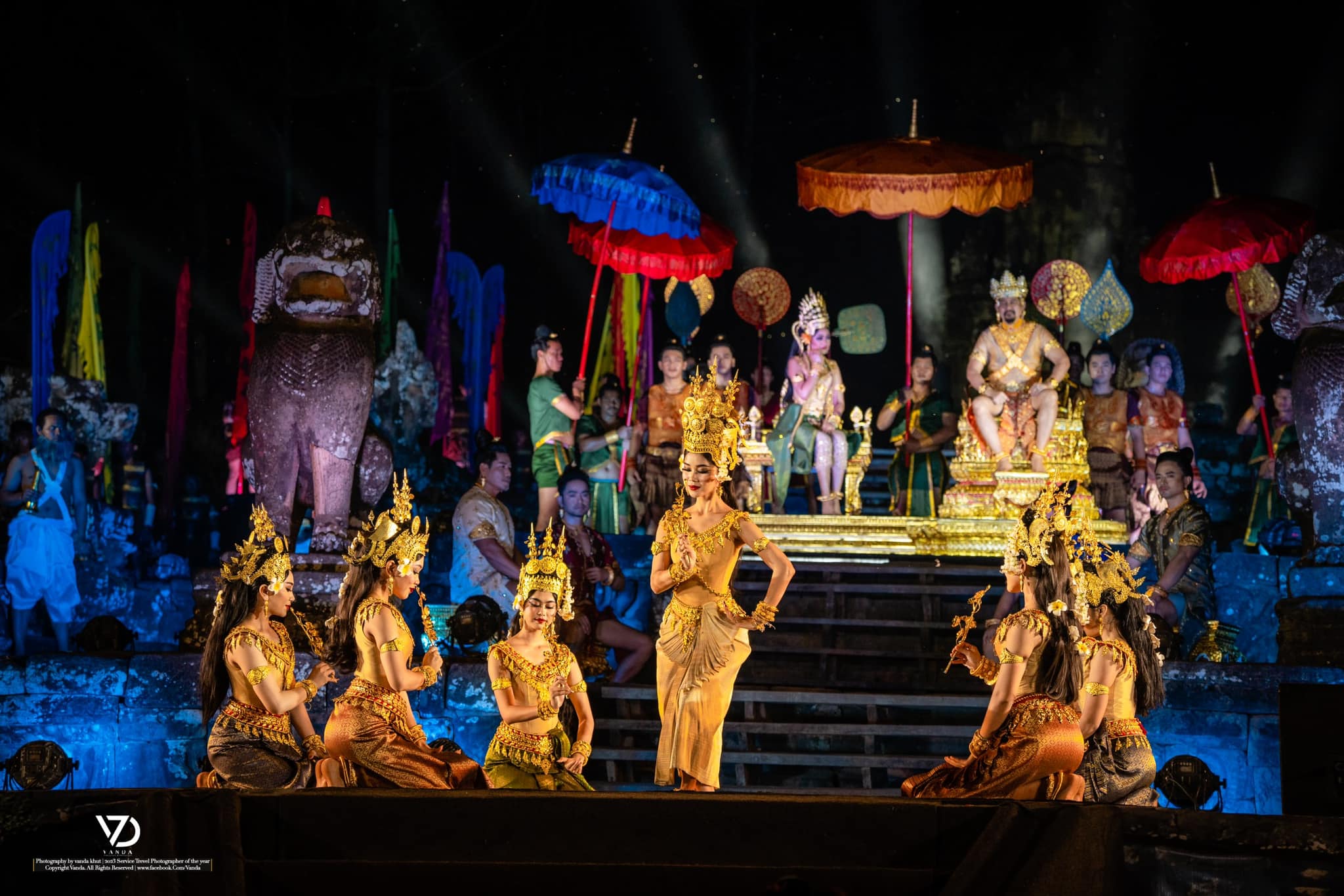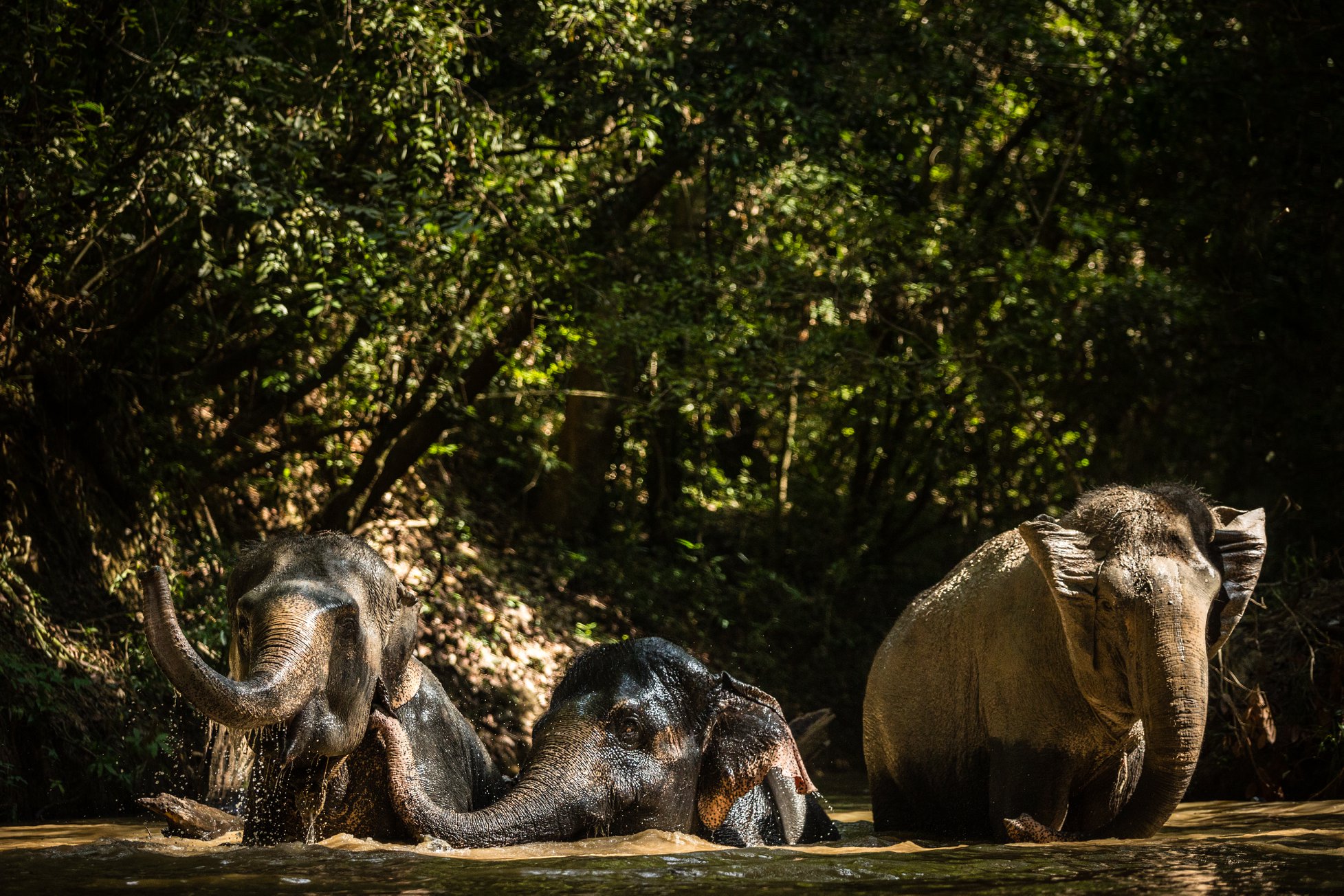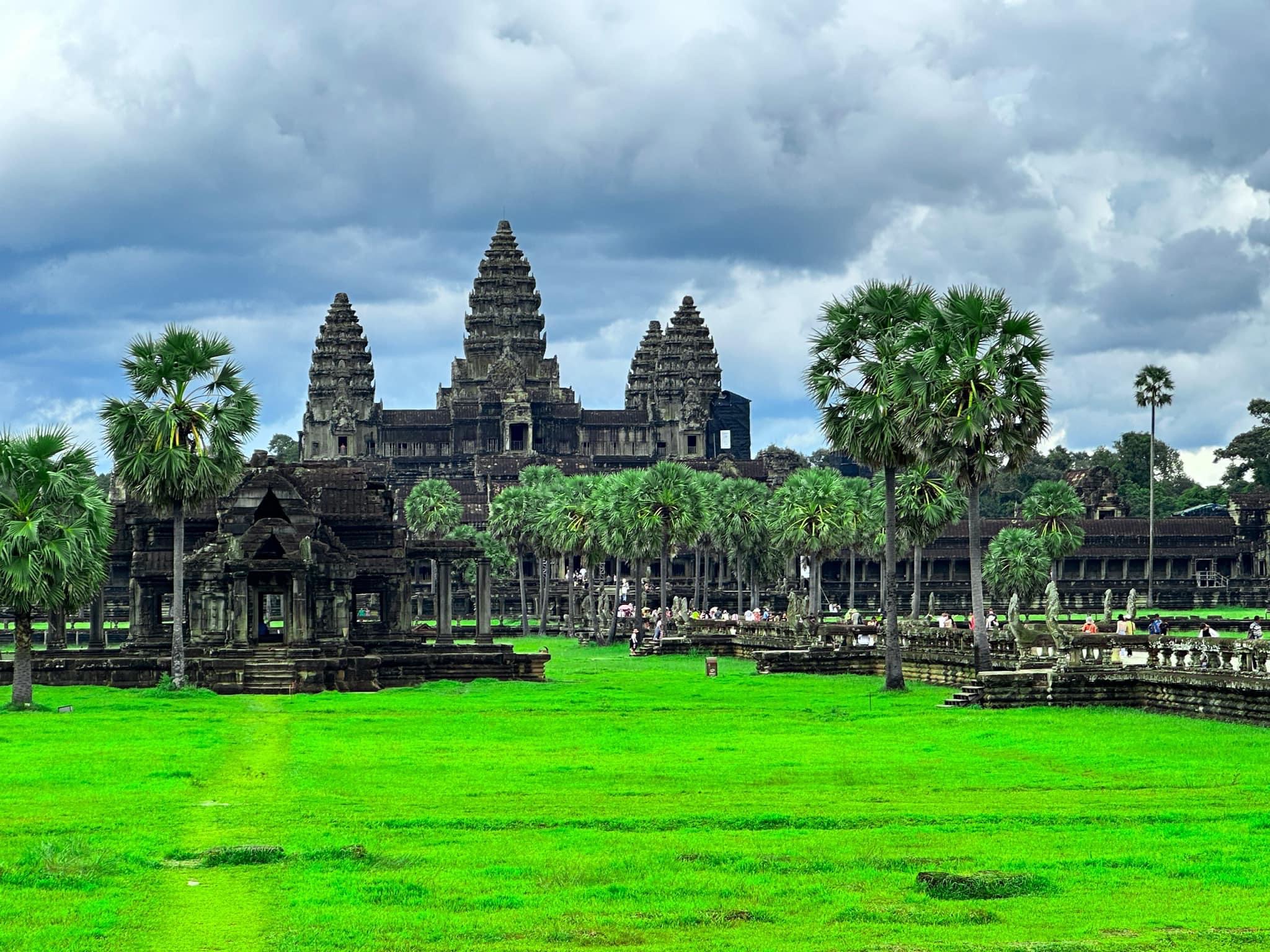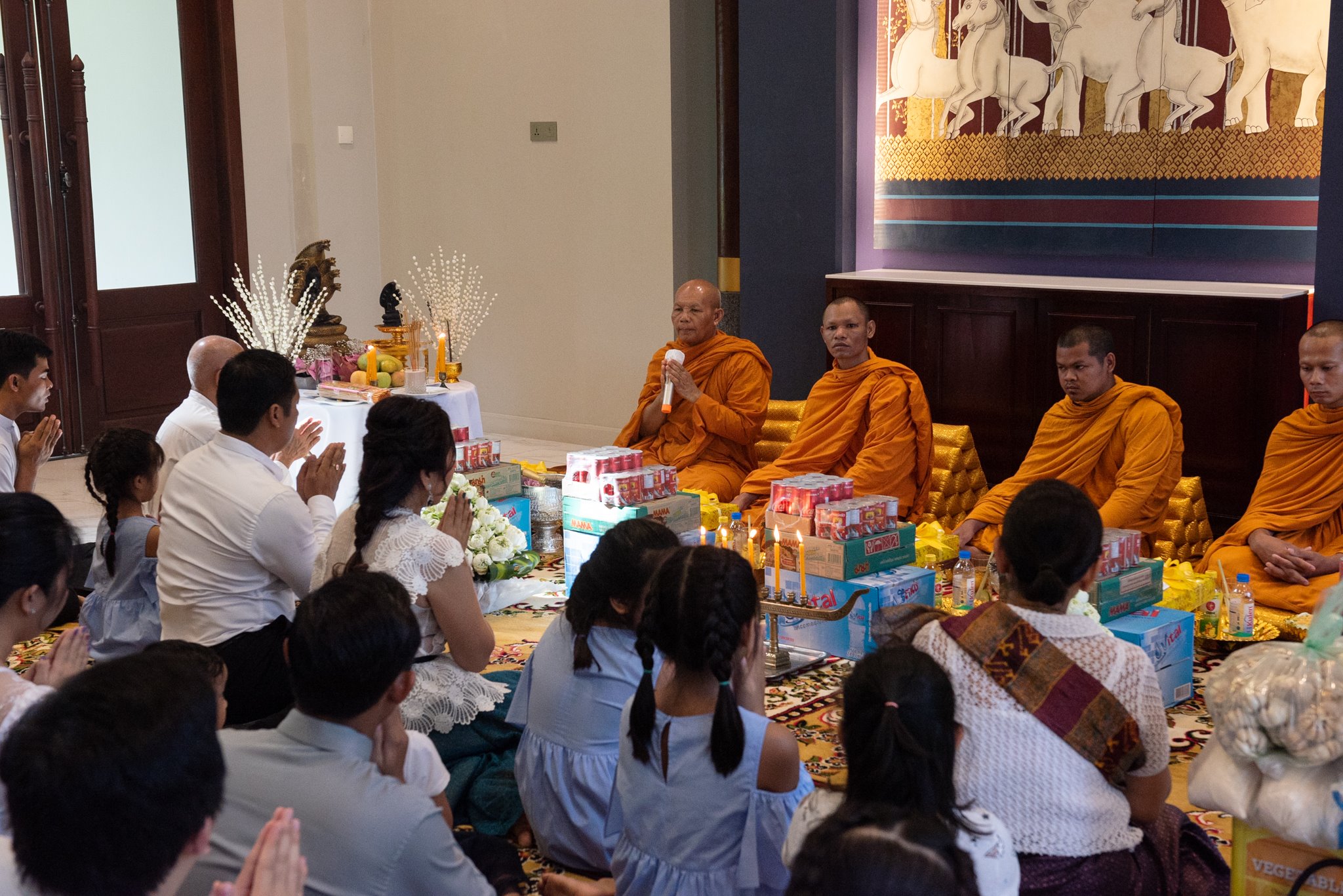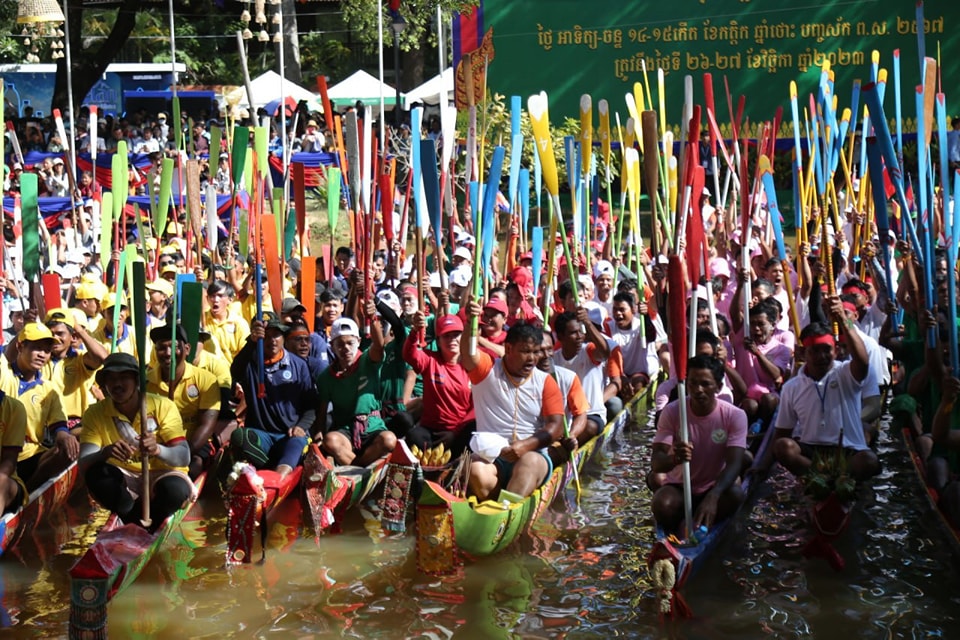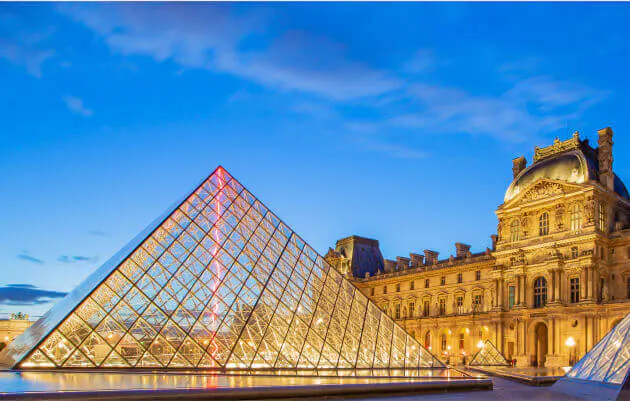Siem Reap's Natural Wonders: A Journey Through Cambodia's Eden
Siem Reap, a destination famous for its ancient temples, is also a treasure trove of natural wonders waiting to be explored. This article aims to guide both domestic and international travelers through the lush landscapes and diverse ecosystems that define Siem Reap’s natural heritage. From the life-giving waters of Tonle Sap Lake to the hidden beauty of its countryside, Siem Reap offers a plethora of experiences for nature enthusiasts. Each section of this article highlights a different aspect of Siem Reap’s natural world, offering insightful and engaging descriptions that bring the vibrant ecosystems of this Cambodian jewel to life. We invite you to embark on a journey that goes beyond the stone walls of Angkor, into the heart of Siem Reap’s verdant forests, serene waterways, and rich biodiversity. Discover the natural side of Siem Reap, where every corner offers a story, and every experience is a step closer to nature’s unparalleled beauty.
TONLE SAP LAKE: CAMBODIA'S BEATING HEART
Tonle Sap Lake, often referred to as the heart of Cambodia, is an ecological marvel. This vast lake is unique due to its flow-changing phenomenon, expanding and shrinking with the seasons. Its floodplains provide rich nutrients, supporting an incredible array of wildlife and aquatic species, making it a vital source of food for thousands. The lake is also home to floating villages, where communities have adapted their lives to the rhythm of the water. These villages, like Kampong Phluk and Chong Kneas, offer insights into a lifestyle deeply intertwined with nature. Conservation efforts focus on maintaining the delicate balance of this ecosystem, addressing challenges like overfishing and habitat destruction. Visitors can explore the lake responsibly through guided boat tours, which provide a glimpse into the biodiversity and cultural significance of this unique water world.
THE LUSH COUNTRYSIDE OF SIEM REAP
The countryside of Siem Reap is a tapestry of verdant fields, traditional farms, and tranquil villages. This agricultural heartland is defined by its lush rice paddies, which paint the landscape in varying shades of green and gold, depending on the season. Beyond rice, the region is dotted with fruit orchards and vegetable gardens, showcasing the diversity of Cambodian agriculture. A journey through the countryside reveals the traditional Khmer way of life, largely unchanged for centuries. Visitors can embark on bicycle tours or guided walks to experience rural Siem Reap, engaging with local communities and learning about their farming practices, which are a harmonious blend of tradition and sustainability.
HIDDEN TREASURES: SIEM REAP'S LESSER-KNOWN NATURAL SITES
Beyond the famous temples, Siem Reap harbors hidden natural gems awaiting discovery. This section guides travelers to off-the-beaten-path locations such as the secluded Kulen Mountain with its sacred waterfalls and ancient carvings. Another hidden treasure is the Phnom Bok Hill, offering panoramic views of the countryside. These sites provide a serene escape from the more frequented tourist spots, allowing visitors to connect with nature’s tranquility. Responsible exploration of these areas, with a focus on leaving no trace, ensures that their pristine beauty is preserved for future visitors. Local guides can enhance the experience by sharing insights into the historical and ecological significance of these natural wonders.
BIRDWATCHING IN SIEM REAP: A BIRDER'S PARADISE
Siem Reap is a paradise for bird enthusiasts, with habitats ranging from dense forests to wetlands attracting a variety of bird species. The Prek Toal Bird Sanctuary, located on the Tonle Sap Lake, is one of the most important breeding grounds for waterbirds in Southeast Asia. Here, birdwatchers can spot rare species like the Greater Adjutant Stork and the Spot-billed Pelican. The best time for birdwatching is the dry season when the water recedes, and birds gather around the remaining pools. Responsible birdwatching tours are available, often led by local experts who provide valuable insights into the species and their habitats. These tours not only offer an opportunity to witness Cambodia’s avian diversity but also contribute to conservation efforts and local livelihoods.
CONSERVATION EFFORTS: PROTECTING SIEM REAP'S NATURE
Conservation in Siem Reap is vital to preserve its rich natural heritage. This section highlights various initiatives aimed at protecting its landscapes and biodiversity. Projects like the Angkor Forest Restoration plan focus on reforestation and habitat preservation in areas surrounding the temples. Wildlife sanctuaries and rescue centers work towards rehabilitating and protecting endangered species. Community-led efforts emphasize sustainable tourism, educating visitors on the importance of conservation and how they can contribute. These efforts showcase a growing awareness and commitment to environmental stewardship, essential for safeguarding Siem Reap’s natural beauty for future generations.
ECO-FRIENDLY TOURS: EXPERIENCING NATURE RESPONSIBLY
Eco-friendly tours in Siem Reap offer immersive experiences while ensuring minimal impact on the environment. These tours range from guided nature walks that explore the diverse flora and fauna to kayaking excursions along the less-traveled waterways. Bicycle tours through the countryside provide an eco-friendly way to explore, reducing carbon emissions and allowing for closer interaction with local communities. Many of these tours are operated by organizations committed to sustainable practices, ensuring that tourism benefits both the environment and local people. Participating in these eco-tours not only enhances the travel experience but also supports the preservation of Siem Reap’s natural resources.
